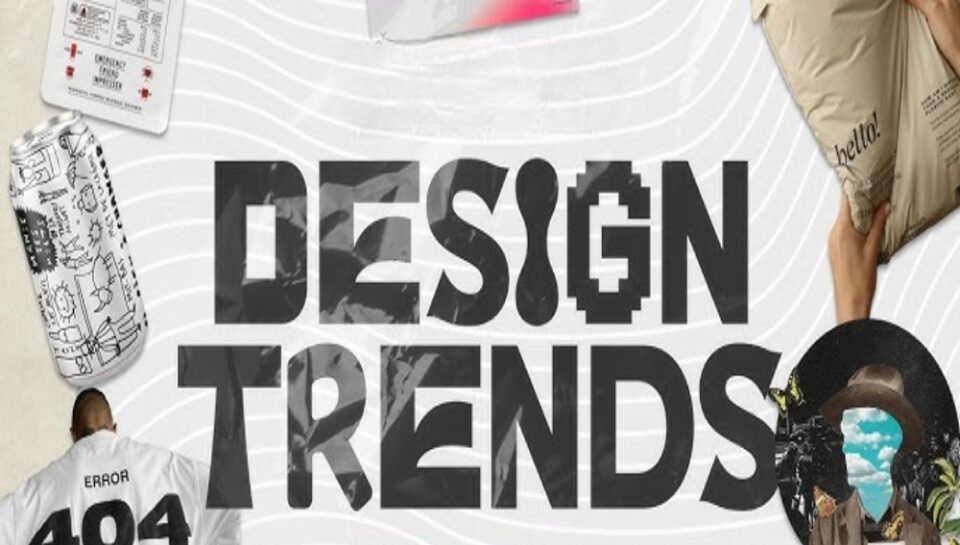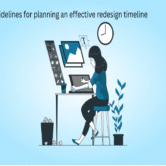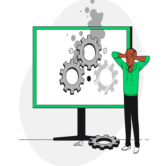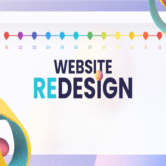
Briefly outline the evolution of flyer design trends.
INTRODUCTION
Flyer design has evolved significantly over the decades, adapting to shifts in technology, culture, and consumer behavior. From hand-drawn posters to dynamic, digitally-driven layouts, flyer design trends reflect the changing landscape of visual communication and marketing. Here’s a concise overview of how flyer design trends have transformed over time.
1. 1960s–1970s: PSYCHEDELIC AND HANDCRAFTED STYLES
Flyers from this era were often hand-drawn with bold, swirling typography and vibrant colors. Influenced by the counterculture movement, they promoted concerts, protests, and social causes with expressive, artistic flair.
2. 1980s: BOLD COLORS AND GEOMETRIC SHAPES
The rise of pop culture and print accessibility introduced bright neons, block lettering, and geometric patterns. Flyers embraced louder designs to match the energy of nightclubs, discos, and mass-market advertising.
3. 1990s: GRUNGE AND MINIMALISM
Designers shifted toward gritty textures, grunge fonts, and collage-style aesthetics. Toward the late ’90s, a minimalist wave emerged—clean lines, monochrome palettes, and sparse layouts reflected a more refined design philosophy.
4. 2000s: DIGITAL DOMINANCE AND 3D EFFECTS
With the rise of desktop publishing and Photoshop, flyer design became more polished and experimental. Gradients, glossy effects, and digital illustrations became popular, especially for event promotions and tech companies.
5. 2010s: FLAT DESIGN AND INFOGRAPHIC ELEMENTS
A return to simplicity brought flat design trends with clear icons, structured layouts, and infographic-like presentations. Social media integration and mobile optimization influenced layout styles and formatting.
6. 2020s: BOLD TYPOGRAPHY, SUSTAINABLE DESIGN, AND INTERACTIVITY
Modern flyers now feature oversized fonts, eco-friendly materials, and interactive elements like QR codes or AR triggers. The focus has shifted to storytelling, personalization, and merging physical print with digital engagement.
CONCLUSION
Flyer design has transitioned from handcrafted art to strategic, tech-savvy communication. Each era brought its own aesthetic and functional priorities, reflecting broader cultural and technological shifts. Today’s designs prioritize clarity, creativity, and connectivity—blending tradition with innovation.
HASHTAGS
#FlyerDesign #DesignTrends #GraphicDesignHistory #PrintMarketing #VisualEvolution #CreativeMarketing #TypographyTrends #MinimalistDesign #DigitalDesign #RetroDesign #ModernFlyers #DesignInnovation #VisualCommunication #SustainableDesign #QRFlyers #DesignThroughDecades #FlyerInspiration #MarketingEvolution #ArtAndDesign #InteractiveFlyers #PrintToDigital #DesignTransformation #CreativeHistory #BoldTypography #DesignTimeline





